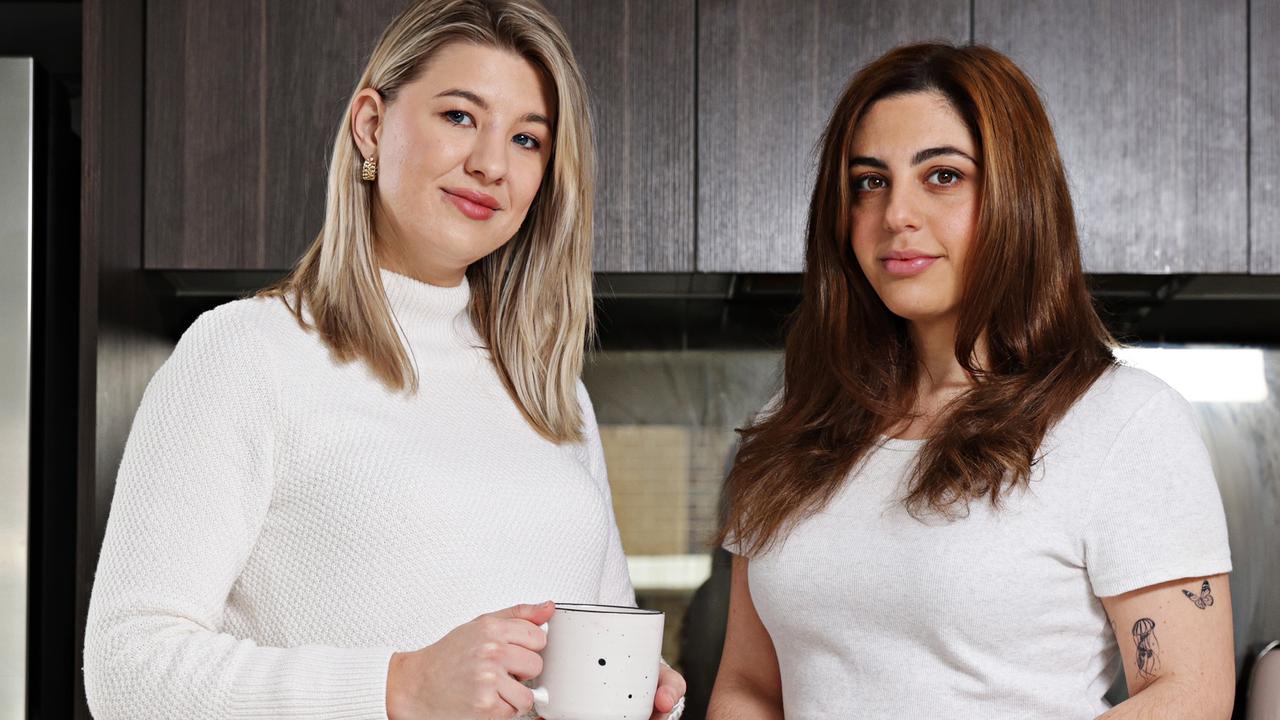Renters are suffering from “ridiculous” rent hikes due to a chronic housing shortage, as city-dwellers flood regional markets and landlords flip rental properties to short-term housing to accommodate an influx of tourists.
Suburb-level analysis collected by PropTrack exclusively for The Oz revealed Killcare Heights on the central coast of NSW experienced the greatest rent increase over the past 12 months at 72.6 per cent, followed by Rainbow Beach on Queensland’s south coast (72.5 per cent) and Stahan in western Tasmania (68.4 per cent).
Killcare Ray White agent Sue Rallis said some local properties have risen from $700 to $1500 a week since the pandemic began, due to Sydneysiders making the most of a Covid-induced at-home lifestyle and moving into regional areas.
“People are happy to come out of the cities and move regionally, which has pushed up the rent over the last year or two,” she said.
“It’s been hard for the locals. They have been living in an area that a lot of people didn’t want to live in, and have been paying quite low rents there over the years. Now it’s very difficult for the locals to afford some of the rents.”
READ MORE ON THE OZ:
Where to buy for the biggest return later
Master this skill to get promoted
‘Why I chose to work over kids’
Median weekly rental prices in June were up 7 per cent on the same month last year, marking the strongest annual rental growth recorded since before 2015. Rising prices have been felt the most regionally, where they increased 11.4 per cent year-on-year to June, compared to 4.4 per cent in the capital cities.
This came as the total supply of rentals dropped 27.7 per cent below its decade average.
PropTrack director of economic research Cameron Kusher said a devastating lack of supply has driven prices upwards, as fewer owners put their second properties up for rent.
“A lot of people who have bought quote unquote ‘investment properties’ aren’t necessarily buying them to make them available for rent, they’re buying them as second homes,” he said. “You’ve also got the added pressure now that domestic and international travel is back that the supply of rental stock is spinning out because people are putting their properties into short term rental accommodation, rather than long term.”
Mr Kusher said rental growth in inner-city areas has been “pretty weak” over the past two years as tenants stayed put, but has suddenly increased over the past six months after long term lockdowns ended.
“We have seen again in Sydney and Melbourne in those inner and middle ring markets in the apartment markets in particular, it has been very hard to rent out a property over the last few years,” he said.
“So, a lot of people sold out of their investment properties, and we haven’t seen a lot of developers building new one and two bedroom apartments. Therefore, we haven’t had that increase in supply we needed to keep up with demand.”
When renewing her lease last month, Leane Van Essen’s landlord requested the rent go from $450 to $550 a week for a one-bedroom apartment in North Sydney.
Unable to afford the “ridiculous” 22 per cent increase, the 29-year-old was given 60 days to find a new apartment.
“I had to find a new place super quickly, but then I got Covid and couldn’t go look at apartments, which was incredibly stressful,” she said. “They kept calling me, trying to rush me out, even though I still had my 60 days.”
Eventually, Ms Van Essen was forced to find a stranger online to move in with, settling in a two-bedroom apartment in Sydney’s inner-city suburb of Mascot for $750 a week.
Similarly, Ellen Mezger, 25, was asked to bump up her rent for a two-bedder in Sydney’s Waterloo from $620 to $800 a week when her lease expired this month.
She said “a lot of sacrifices”, including giving up her gym membership, would have to be made if the rent increased that much.
Kusher said it would be a while before rent costs dropped again as landlords feel the increasing burden of skyrocketing interest rates, and pass them onto their tenants.
“Landlords will be trying to pass on as much of those increased costs as they can to their renters, so that’s something that renters are going to be facing,” he said.
“Obviously, for renters, there’s quite a lot of incentives to try and buy your first home. The government’s got a Shared Equity scheme, they’ve got a low deposit scheme in NSW from January next year, you’re going to be given the option to pay land tax as opposed to stamp duty. At some point, people will look at it and go, you know, I can be slugged with higher rates every six months, or maybe it’s time to take up one or two of these schemes and buy.”
.
